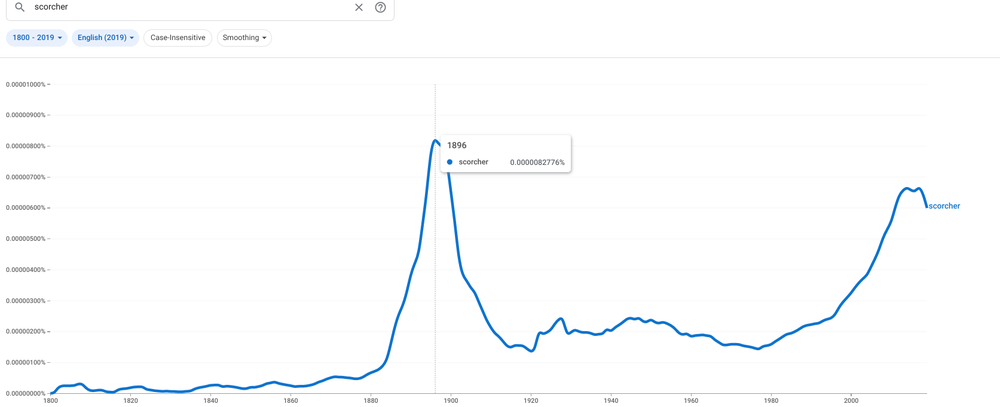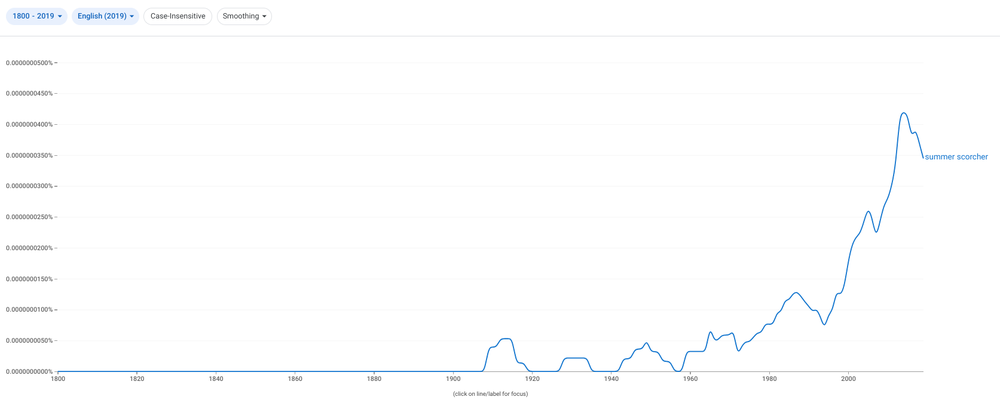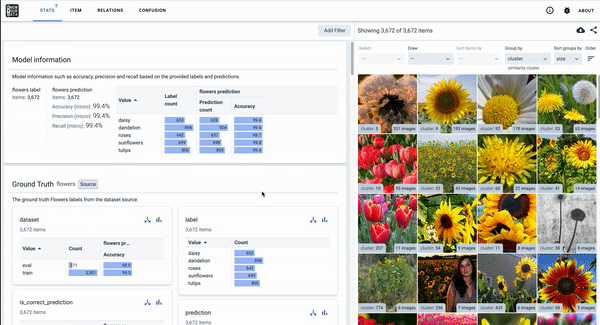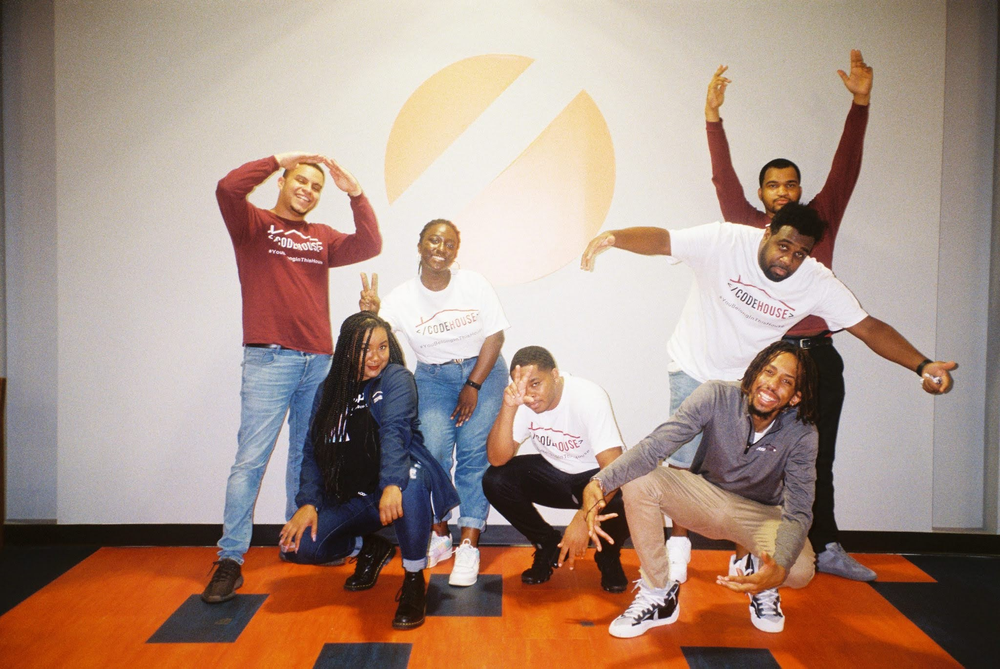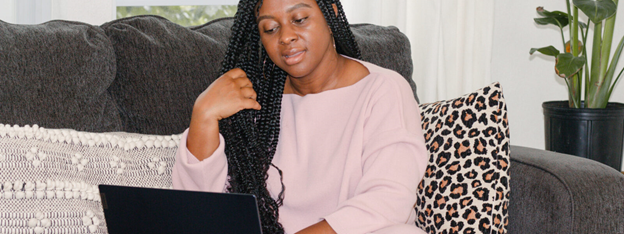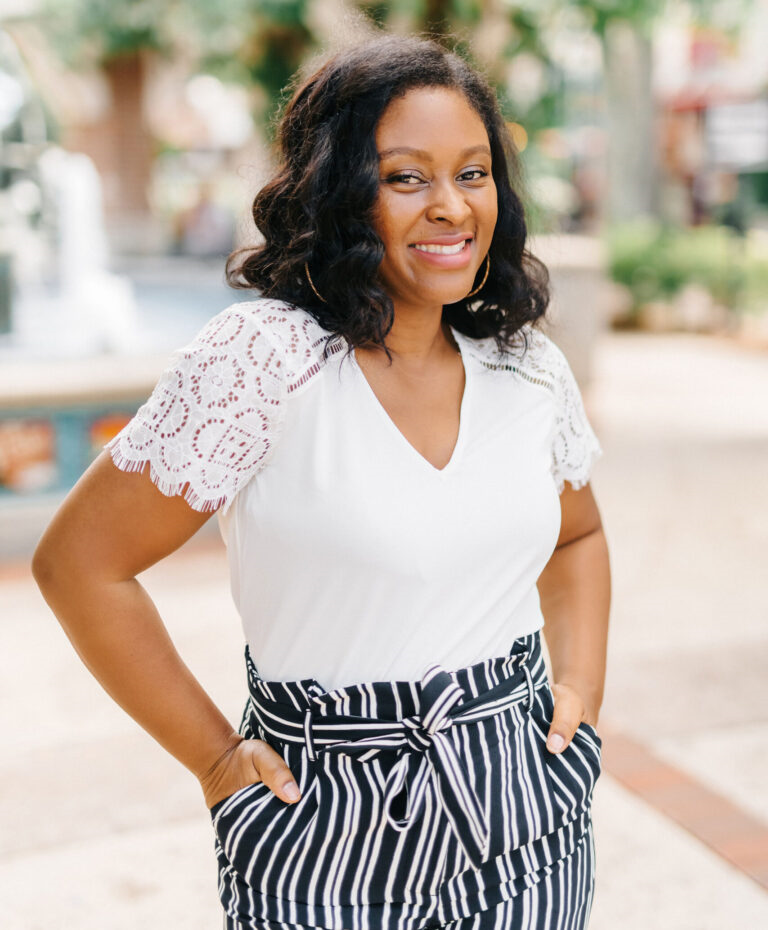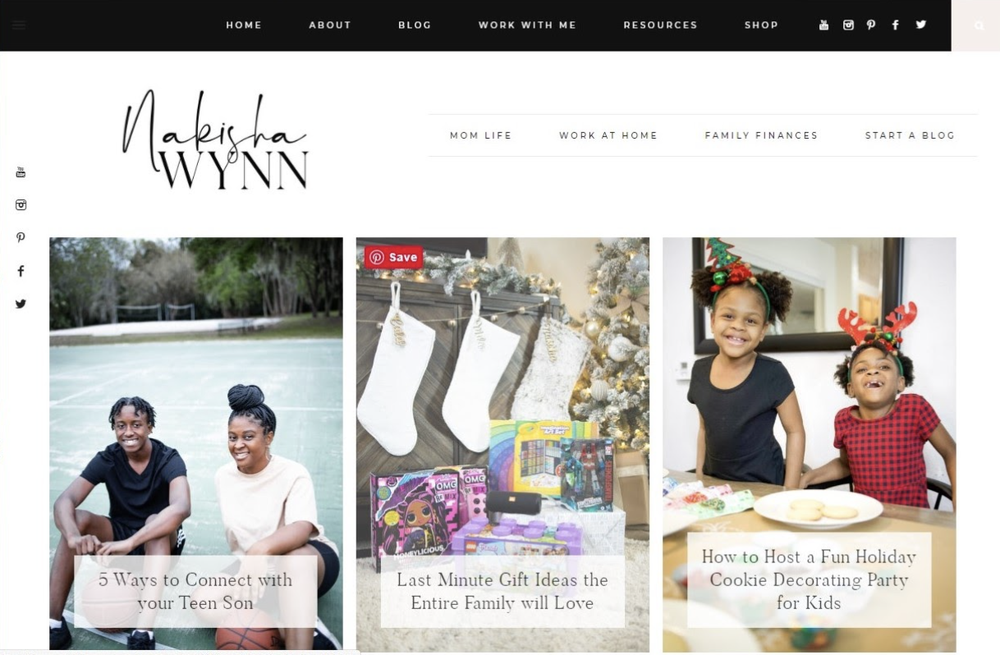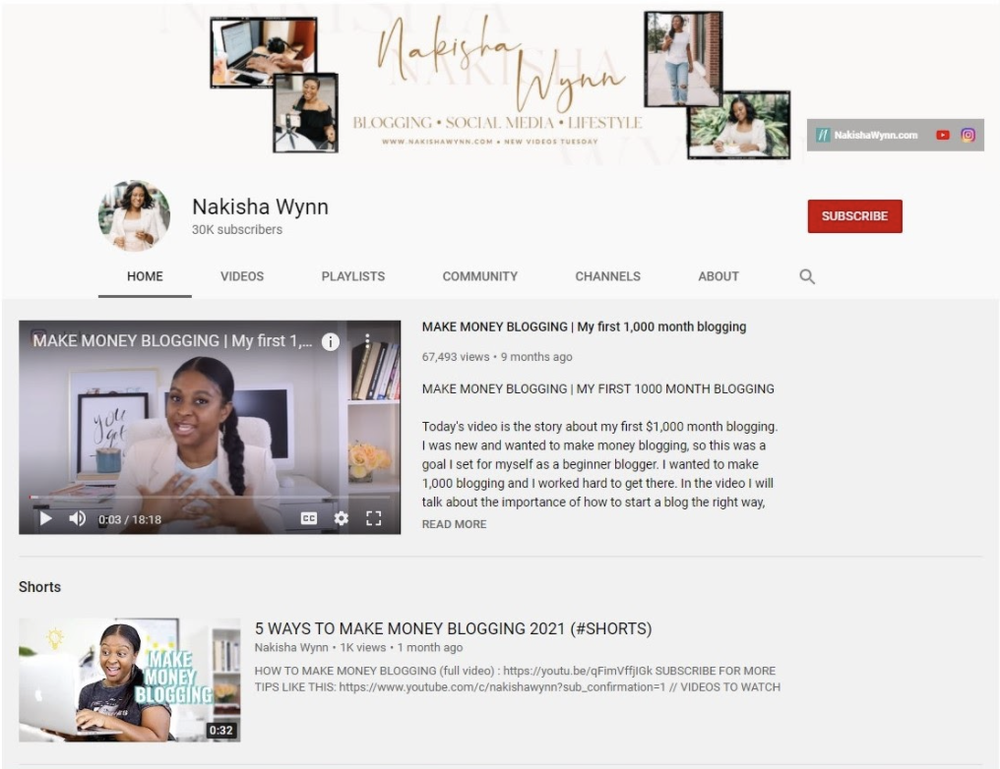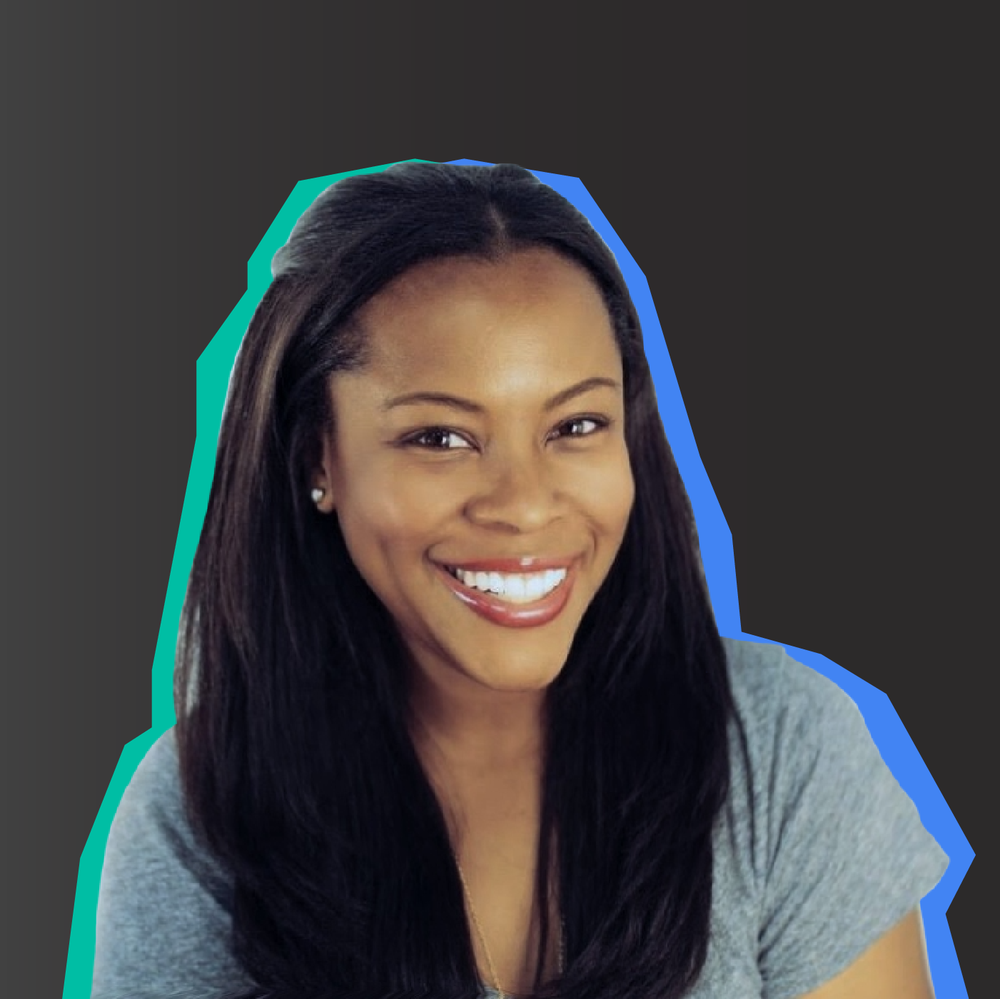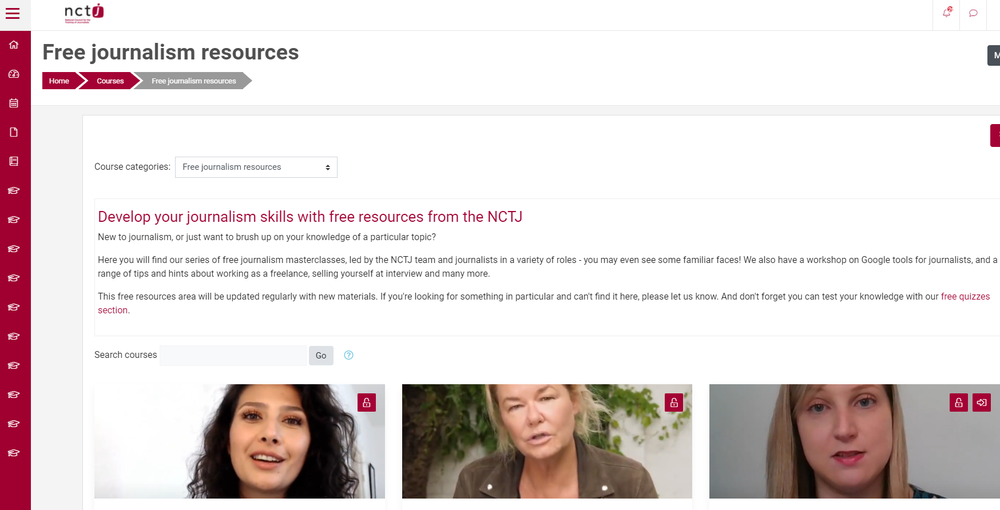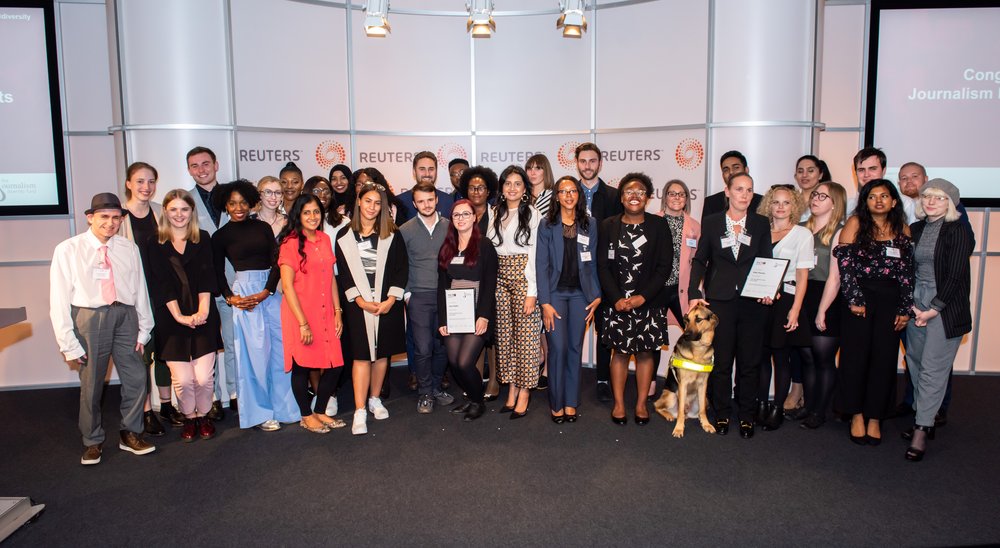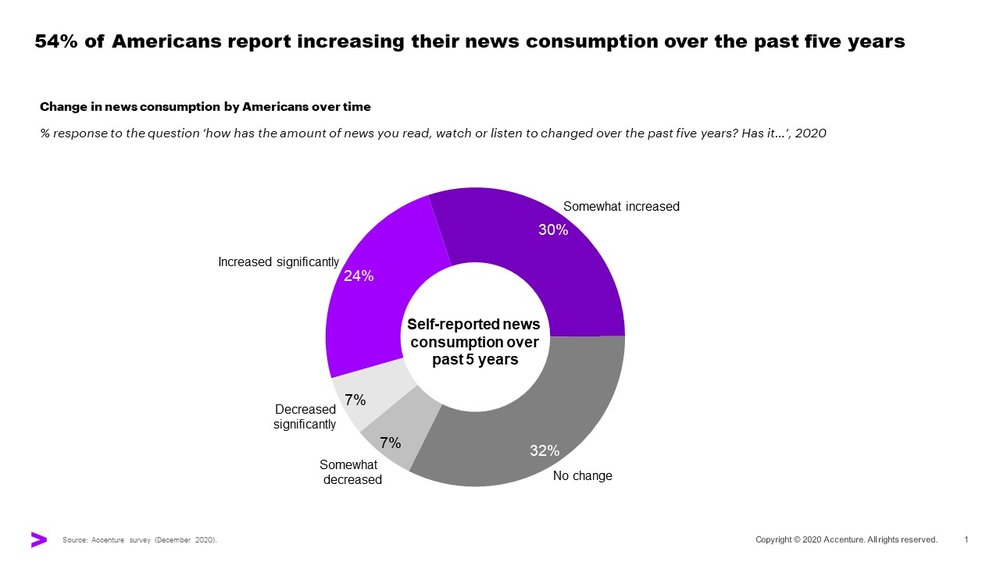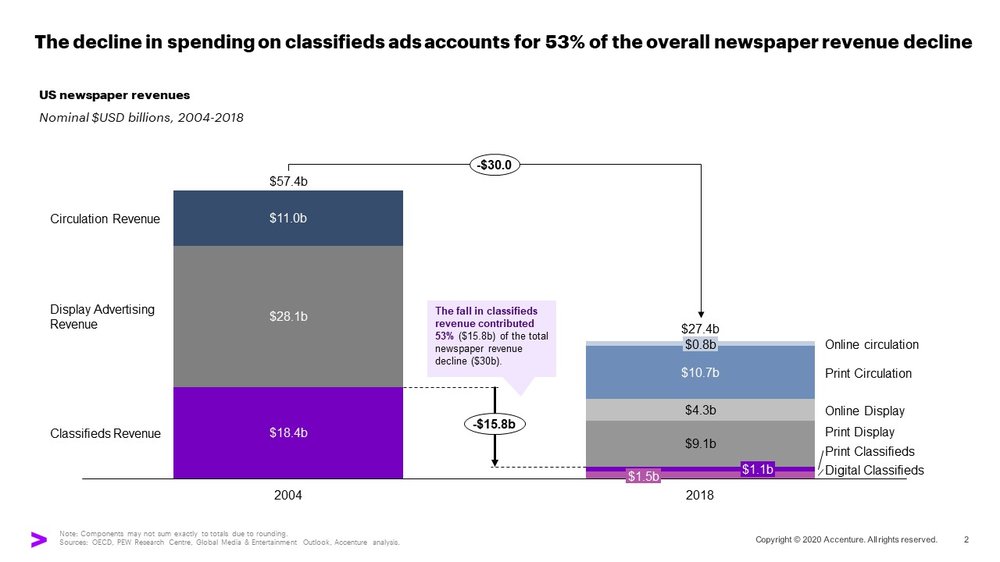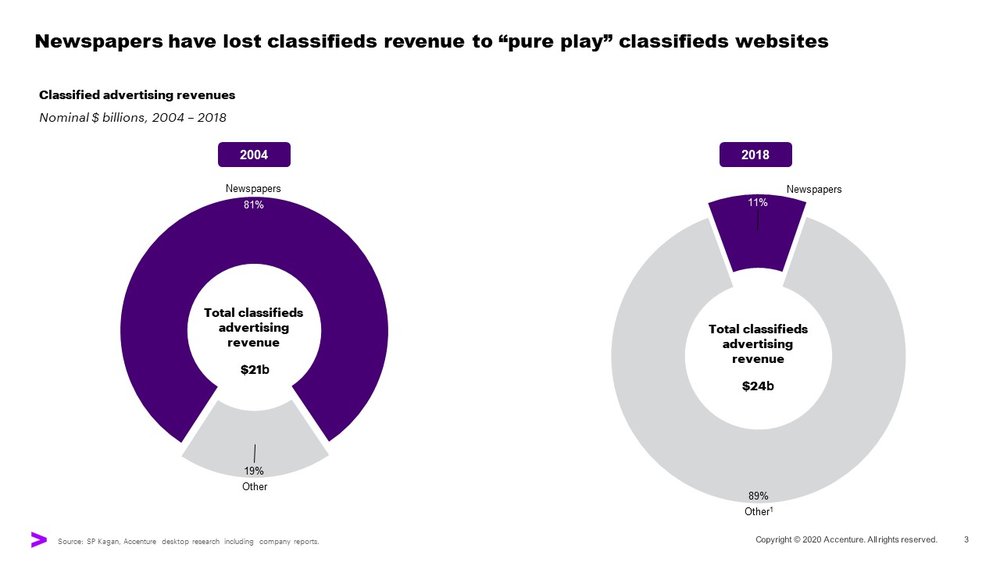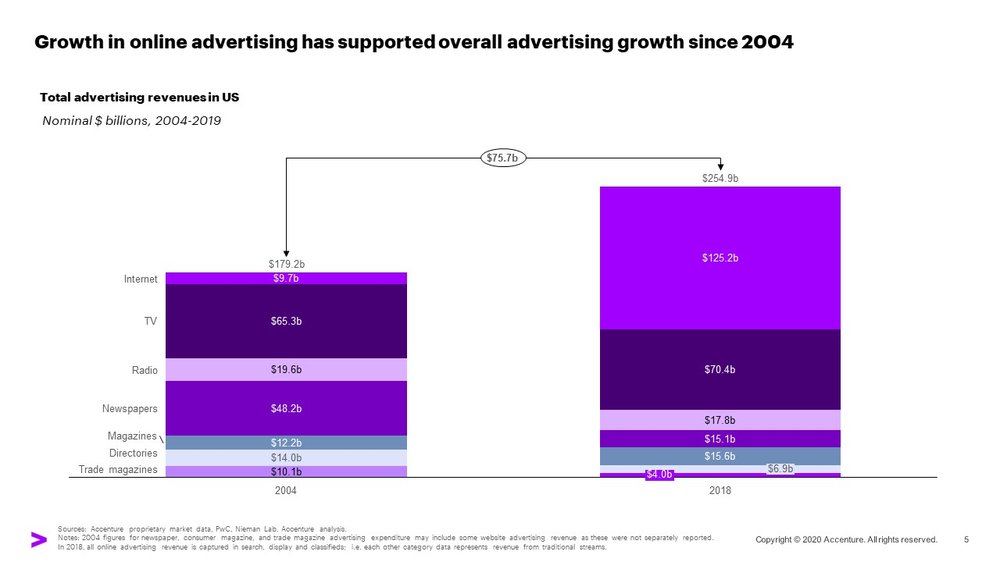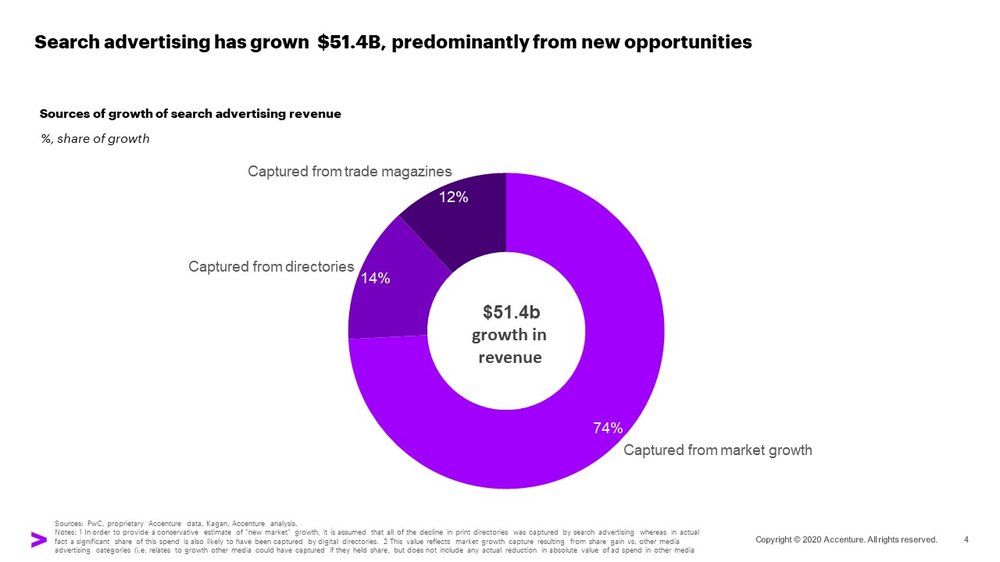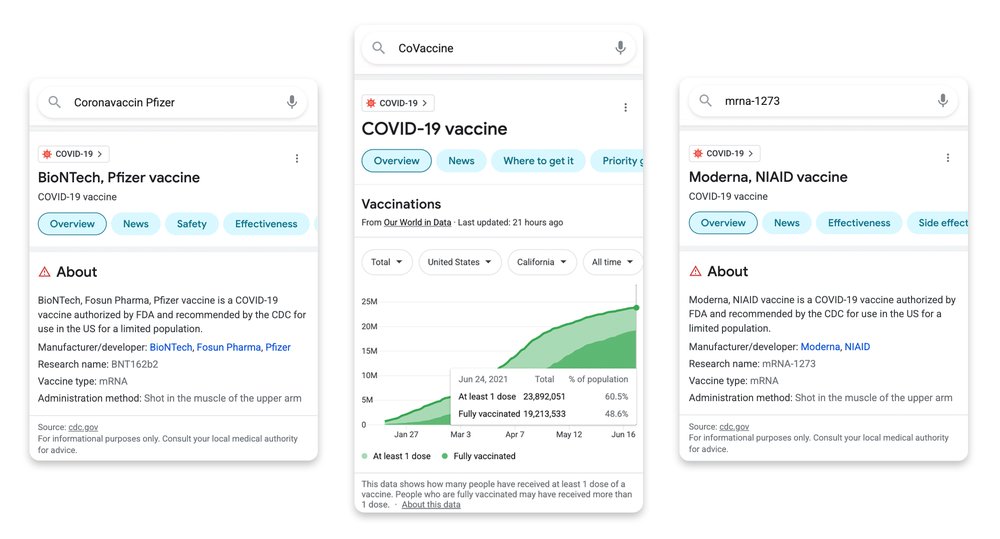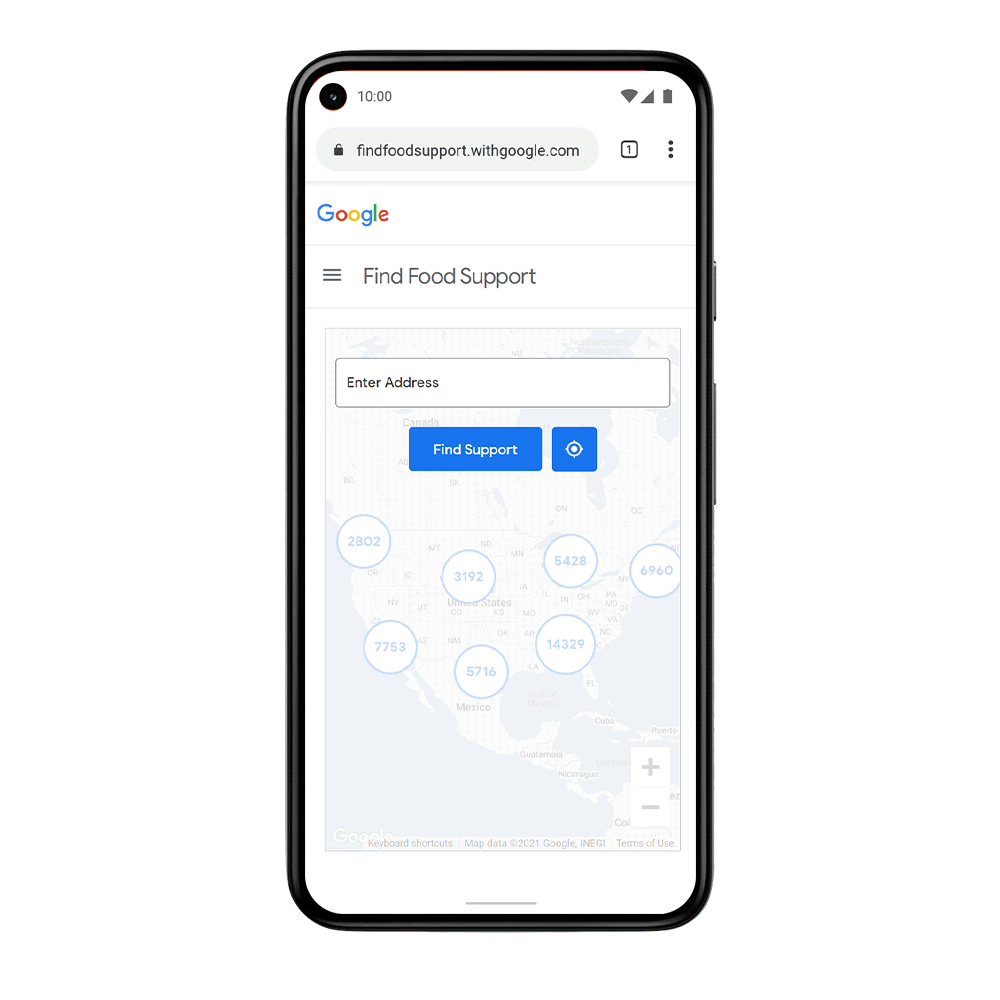Caroline Rothwell is a Sydney-based visual artist whose work tackles important conversations about human interactions with nature throughout history — and their lasting effects. In her latest body of work, she hopes to bring attention to the plants around us we so often take for granted.
She wanted to see if technology could help her use botanical data from historical archives to educate people about the natural world. So with the help of Google Creative Lab Sydney, she began exploring how machine learning could interpret archives and datasets to create new art. Together, we built Infinite Herbarium, a web application as well as a participatory art installation, in which users can explore an infinite number of machine-learning-generated plants, creating their own artwork while learning more about the plants in their own backyard.
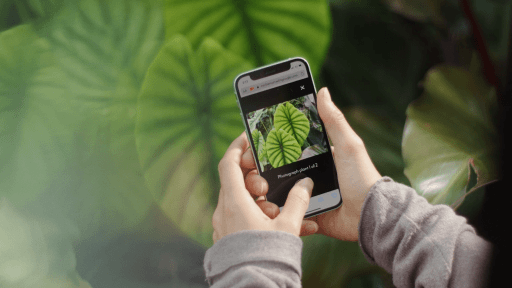
The installation invites participants to photograph two plants from the world around them. Then, using machine learning, the application classifies the plants and uses them to build a multi-dimensional artwork. The machine learning model is trained on a vast database of botanical illustrations. After learning what the illustrations look like, it starts to generate a “new” hybrid image.
Rothwell exhibited the artwork at The National 2021: New Australian Art exhibition at the Museum of Contemporary Art Australia, where she featured a series of large-scale projections of plant morphs that were created using the Infinite Herbarium web application. At the same time, the work was shown at The Royal Botanic Garden Sydney, where visitors were given the chance to create their own plant morphs — using the rich and varied plant specimens available in the gardens as inspiration.

Caroline’s aim for Infinite Herbarium is to “create a connection to and consideration for our threatened natural world.” For artists like her, Infinite Herbarium demonstrates how machine learning can be a powerful new tool for creativity.
For the Creative Lab team, collaborating with Caroline was a singular opportunity to think about how technology can help bring art to life, capturing people’s attention and imagination. It’s an area rich in potential, and one that we hope to continue exploring with artists across multiple disciplines.
by Jonathan Richards via The Keyword


